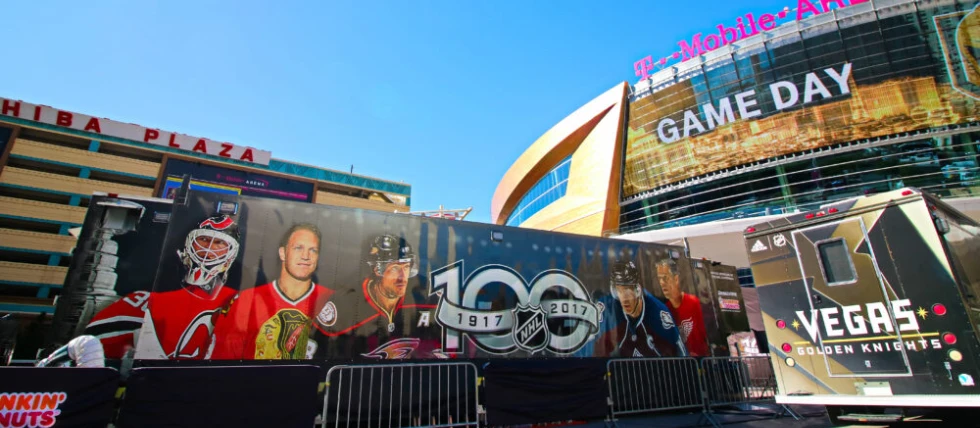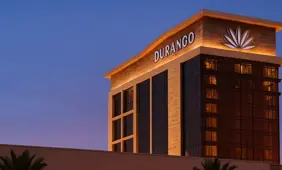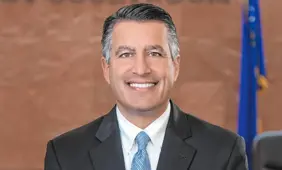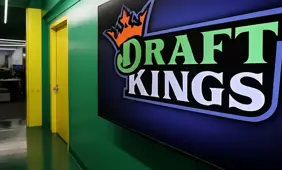UNLV Forecast: Las Vegas to Rebound to 40.1M Visitors in 2026, Fueled by Sports & Value
Las Vegas is expected to attract about 40.1 million visitors in 2026, recovering nearly one million travelers after this year’s slowdown. A new UNLV forecast outlines the projected rebound.

The Center for Business and Economic Research at UNLV (CBER) projects visitation will dip to 39.1 million in 2025 – a 6 percent fall from 2024 – before rising to 40.1 million the following year. The research group said the 41.6 million visitors recorded in 2024 remained below pre-pandemic annual levels that consistently exceeded 42 million.
CBER’s outlook expects hotel occupancy to fall about 3 percent in 2025, hold roughly steady in 2026 and decline again in 2027. The institute is more cautious than many gaming executives, who have forecast a stronger 2026 rebound tied to improving fourth-quarter results in 2025 and robust group bookings from conventions and meetings.
On gaming revenue, CBER anticipates a 1.7 percent decline this year and projects a steeper 3 percent drop in 2026 – a contrast with year-to-date gains reported on the Las Vegas Strip through the first three quarters of the year. CBER frames these changes against several caveats: no major new pandemic wave, no large-scale financial crisis, and no significant escalation of international conflicts that could disrupt consumer spending.
Related: Las Vegas Flight Disruptions Threaten Tourism Ahead of Grand Prix
Sports and Diversification Driving Recovery
Panelists and UNLV economists said sports franchises and large-scale events are now central to Las Vegas’s visitor strategy. Angeline Close Scheinbaum, a UNLV alumna and professor of sports marketing at Clemson University, told business leaders that the city’s major teams and events are strengthening the destination’s appeal.
“Sports is bolstering the economy in many ways”, Scheinbaum said. “There’s a resilience of the marketplace, and sports is behind a lot of that.” She cited the Vegas Golden Knights (NHL), Las Vegas Raiders (NFL), Las Vegas Aces (WNBA), the planned Oakland A’s relocation and its proposed $2 billion ballpark on the Strip, and the return of Formula One as key drivers of incremental visitation. Scheinbaum added that an NBA franchise remains a realistic target for the market.
Andrew Woods, director of CBER, emphasized the city’s sensitivity to the broader U.S. consumer. “Las Vegas is tied to how the American consumer is doing”, he said. “Given where the American consumer is, we need to figure out what that value proposition is.” Woods noted that resorts are adjusting pricing and offerings to restore perceived value to guests after a period of higher fees and charges.
Gus Faucher, senior vice president and chief economist at PNC Financial, described Las Vegas as a bellwether for discretionary spending. “Nobody needs to come to Las Vegas. People enjoy coming, but with weaker consumer confidence and concerns about tariffs and inflation, growth here will likely trail national gains until consumers feel more secure”, he said. Faucher added that geopolitical tensions and frictions with trading partners could deter international visitors over the longer term.
Local officials also highlighted convention demand and marquee events as stabilizing forces. CBER expects conventions, including Formula One and the National Finals Rodeo, to sustain strong attendance through year-end. Clark County’s director of community and economic development, Shani Coleman, said the visitor mix has broadened beyond gaming to include high-end dining, retail and entertainment, which supports repeat visits.
More Vegas News
Data and Forecast Assumptions
CBER’s forecast links visitor volume, gaming revenue, employment and occupancy to national economic trends and consumer confidence. The model assumes a modest national slowdown as the Federal Reserve works toward a soft landing for the economy. It also highlights the sensitivity of Las Vegas to shifts in international travel patterns, currency movements and consumer sentiment – variables that can alter the pace of recovery.
For industry stakeholders, the takeaway is clear: restoring a compelling value proposition, leveraging sports and major events, and maintaining a diversified entertainment offer will be essential to returning Las Vegas to robust growth in the coming years.
RELATED TOPICS: Vegas
Most Read
Must Read
 Interviews
Interviews










Review this New Post
Leave a Comment
User Comments
Comments for UNLV Forecast: Las Vegas to Rebound to 40.1M Visitors in 2026, Fueled by Sports & Value